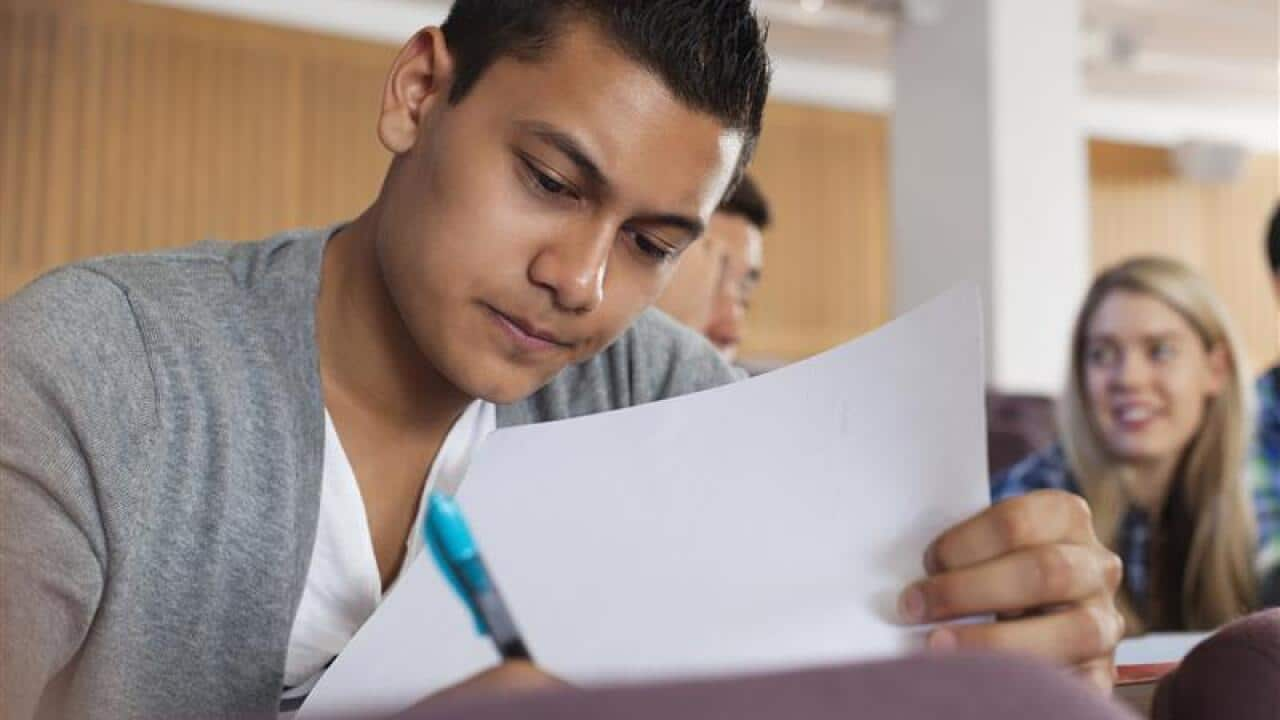Highlights
- CRICOS website provides the list of all Australian education providers and courses available for international students
- With Student visa (Subclass 500) students can work up to 40 hours per fortnight
- After finishing studies, one can apply for the Temporary Graduate visa (Subclass 485) or Skilled Recognised Graduate visa (subclass 476)
Before you arrive
If you’re an international student and want to study in Australia, you’ll need a Student visa (also known as Subclass 500).
To qualify, you have to be accepted for full-time study in a course listed on the Commonwealth Register of Institutions and Courses for Overseas Students (CRICOS).
Legal specialist and migration agent, Maria Jockel, at Holding Redlich, a law firm, says it’s essential before applying for a visa, to have a confirmation of enrolment with a registered Australian education provider.
You can go onto the CRICOS website and find out which courses have been registered by the Commonwealth of Australia.
Alongside enrolment, you will also need to meet financial, health and character requirements, have private health insurance and pass an English language proficiency test.
The cost for the visa application starts at $620, and there is no limit on the number of visas granted each year.

A small group of Australian university students from different heritages and backgrounds. Source: Getty Images
In Australia
To support yourself during your studies in Australia, you can work up to 40 hours per fortnight during the term and full time over the holidays.
The student visa also allows you to include a family member in your application who can be in Australia with you during your studies.
The student visa is here for them to study primarily, not to work, and so they must make their study their focus.

Two female medical students Chinese and Middle Eastern ethnicity respectably, studying anatomy in university lab using an anatomical model. Source: Getty Images
Maria Jockel says it's important to carefully read the visa grant letter and be fully aware of the visa requirements.
She points out that the Department of Immigration can cancel a visa if a student is found in breach of any conditions.
People often don't take note of the visa cease date.

Outside the Australian campus, graduate students, wearing graduation gown and cap, happy and embracing. Source: Getty Images
At the end of your studies
Student visas can expire before your course’s graduation date. If that happens, you may be eligible to apply for a Visitor visa (Subclass 600).
If you wish to stay longer at the end of your studies, you can apply for the Temporary Graduate visa (Subclass 485) or Skilled Recognised Graduate visa (subclass 476).
The Temporary Graduate visa (Subclass 485) caters for two streams – Graduate work and Post-study work.
The Graduate Work Stream allows students to work and study in Australia for up to 18 months.
Post-study work allows applicants to work in Australia longer, usually between two and four years.
The skilled Recognised Graduate visa (subclass 476) is designed especially for engineering graduates who have completed a degree or higher qualification from a specified institution within the past two years.
For more information, visit the the .







